What Are Compliance Risks? Definition, Examples & How to Manage Them
In this blog, we walk through what compliance risks are , the most common types, how to spot them, and how to manage them effectively.

Did you know that in 2024, over 275 million healthcare were either exposed, stolen or illegally disclosed? This is a 63.5% increase from the previous years impacting most of the U.S. population. This shocking statistic shows just how critical it is for healthcare organizations to rigorously follow compliance regulations to reduce organizational risk and mitigate compliance risk through effective compliance management and risk prevention strategies.
One key way to stay compliant is to understand the specific risks your organization may face. Compliance risks are the chances that a company might accidentally break a law, regulation or internal policy. These risks can fall into several categories, including regulatory, operational, financial, and reputational risks.
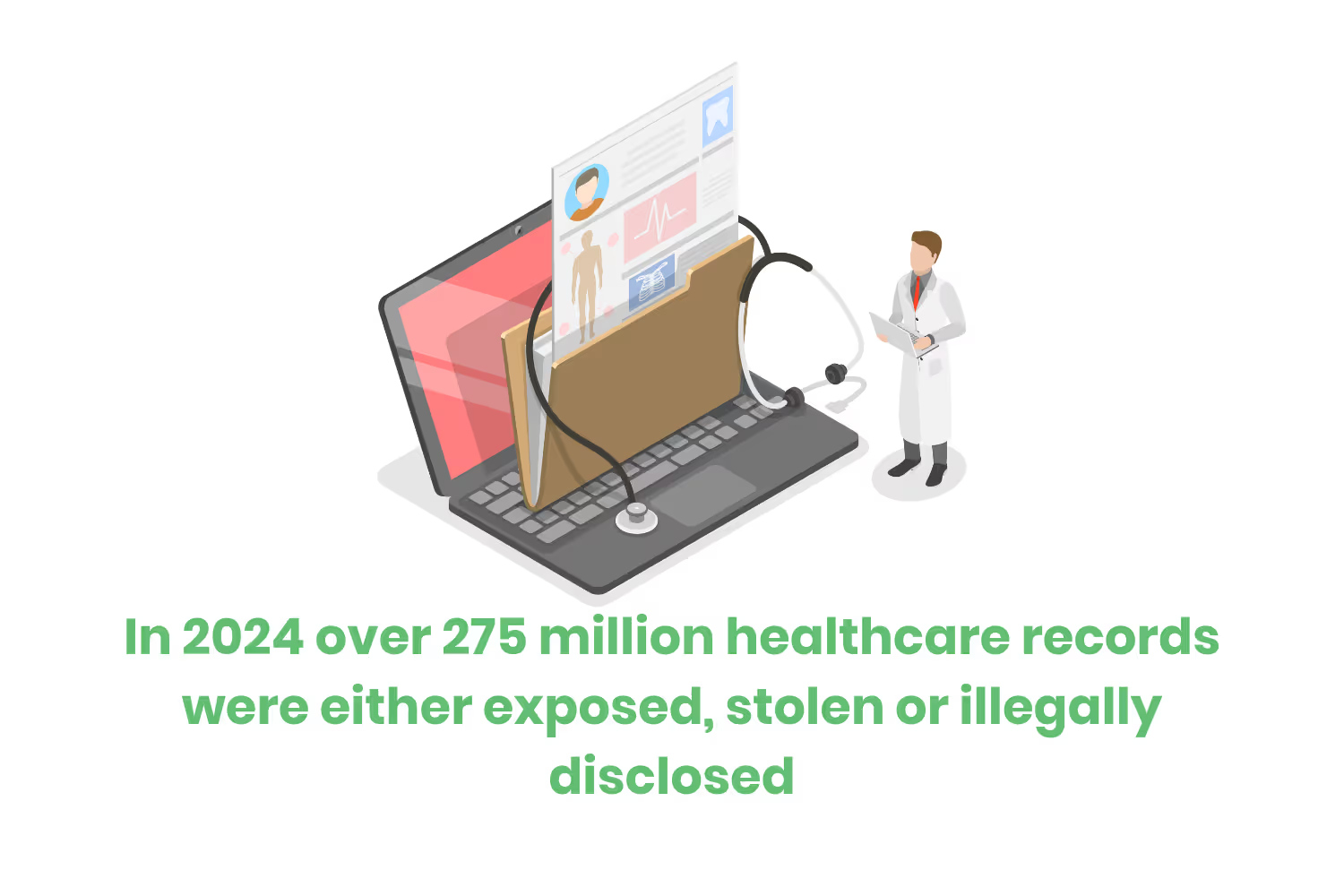
To avoid compliance failures, organizations can use a process called compliance risk management. This means figuring out exactly what rules they need to follow, identifying where things might go wrong, and creating a plan to prevent those problems. This resource helps keep the company out of trouble and makes sure they are doing the right things.
In today’s blog, we’ll walk through what compliance risks are , the most common types, how to spot them, and how to manage them effectively.
Let's dive into it!
What Are Compliance Risks?
I know we already touched on what compliance risks are, but let's take a closer look at what they exactly mean in the healthcare setting. Since healthcare is a highly regulated field, these risks can have serious consequences for patients, providers, or just the organization itself. If it is left uncontrolled even the most minor of compliance issues can escalate into a larger problem later on.
Common healthcare compliance risks include HIPAA violations, incorrect medical coding, and non-compliance with OSHA safety standards. When these rules are ignored or overlooked, the consequences can be severe. This can range from legal penalties, steep fines, audits, legal action or long-term reputational harm to their organization.
For example, something as simple as a mishandled patient record could trigger a HIPAA breach investigation. This simple error puts the organization at risk for both financial penalties and long term reputational harm.
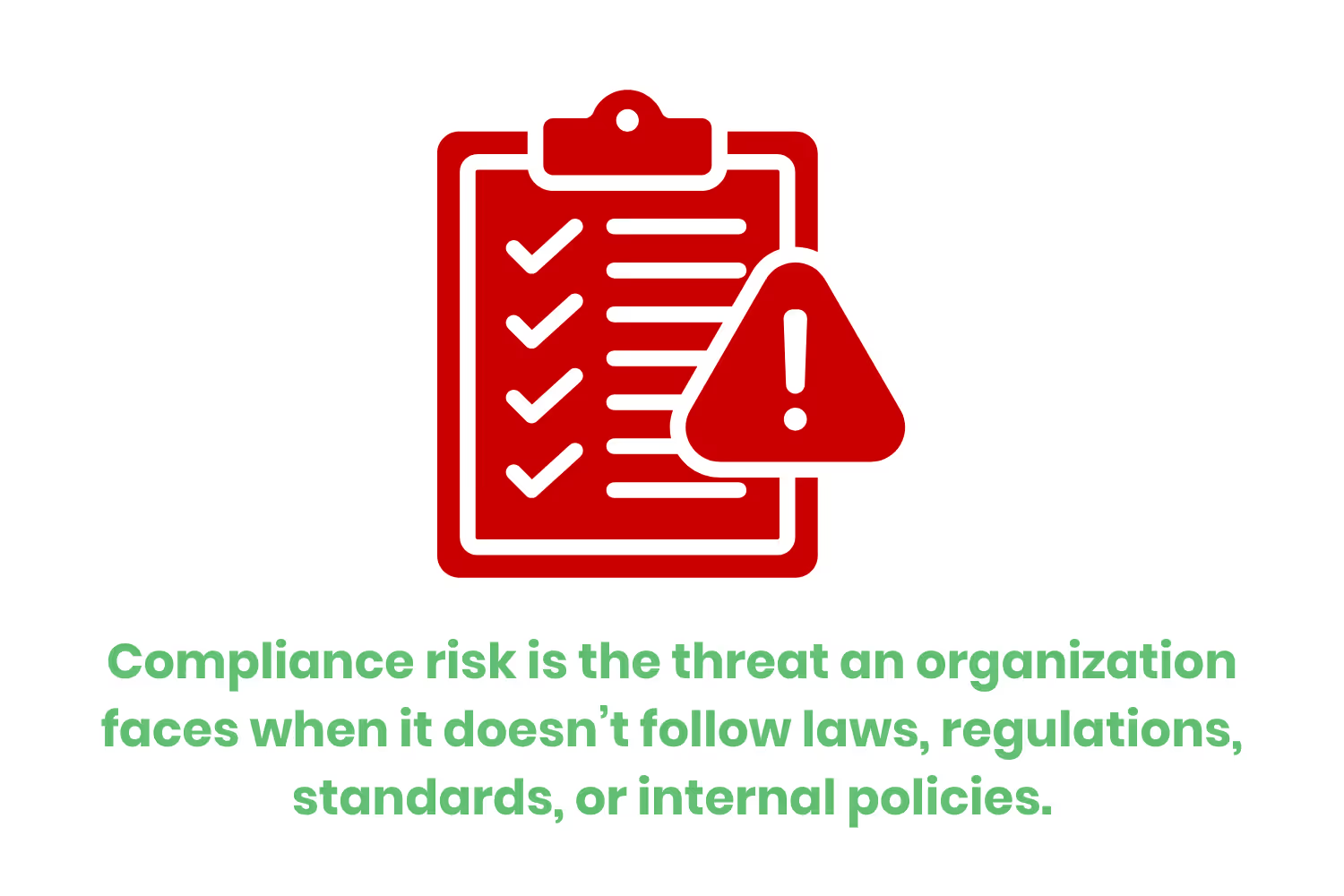
What Are The Common Types of Compliance Risks?
In healthcare, there are several types of compliance risks that organizations must manage to stay in line with regulatory requirements and maintain trust.
Regulatory Compliance Risk
Regulatory compliance risk occurs when healthcare providers fail to meet external legal and regulatory requirements. Examples can include HIPAA violations for mishandling patient data, or failing to comply with CMS billing rules.
Operational Compliance Risk
Operational compliance occurs when internal workflows are not properly followed or maintained. This can result from poor employee training, missing documentation, or outdated procedures that can lead to non-compliance.
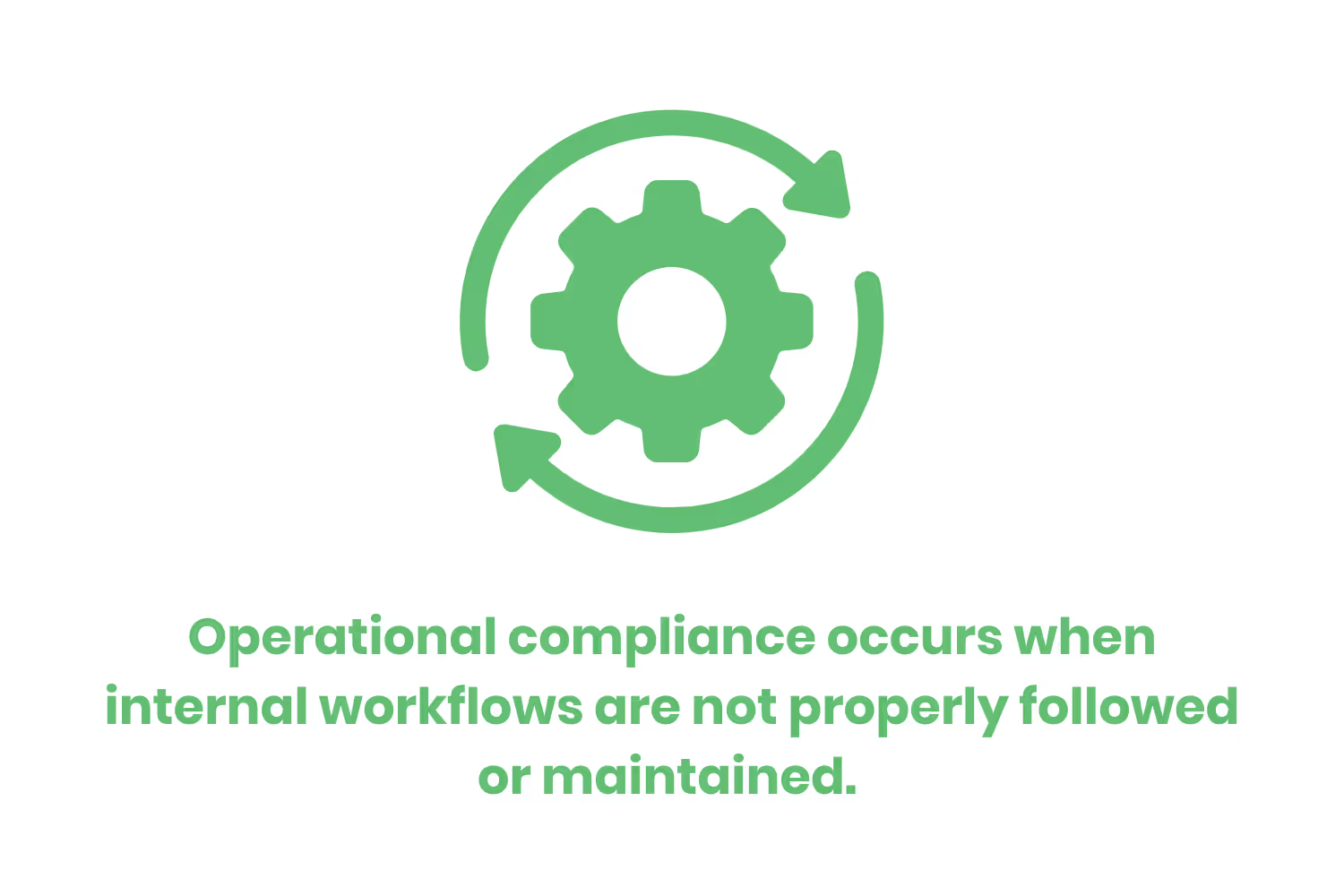
Financial Compliance Risk
Financial compliance in healthcare can stem from inaccurate coding, fraudulent billing, or misreported revenue. These issues will often raise red flags with payers and can trigger audits or investigations into potential fraud, exposing the organization to serious financial and legal consequences.
Reputational Compliance Risk
Reputational compliance risk refers to the potential harm to an organization's reputation that is caused by non-compliance with laws, regulations and sometimes ethical standards. When these failures become public, they can significantly damage patient trust and undermine the credibility of the entire organization.
Acknowledging these types of compliance risks is the first step toward establishing a stronger oversight and a more secure healthcare environment.
How to Identify Compliance Risks?
Now that you have an understanding of what compliance risks let’s talk about how you can identify these risks before they become a problem. In healthcare, there are several proactive ways to uncover vulnerabilities.
Use of Risk Assessment Tools
Organizations that conduct regular risk assessments and audits are better equipped to detect potential compliance gaps. These evaluations review policies, procedures, and operations against regulatory requirements like HIPAA and OSHA, helping to identify any potential vulnerabilities before they become serious.
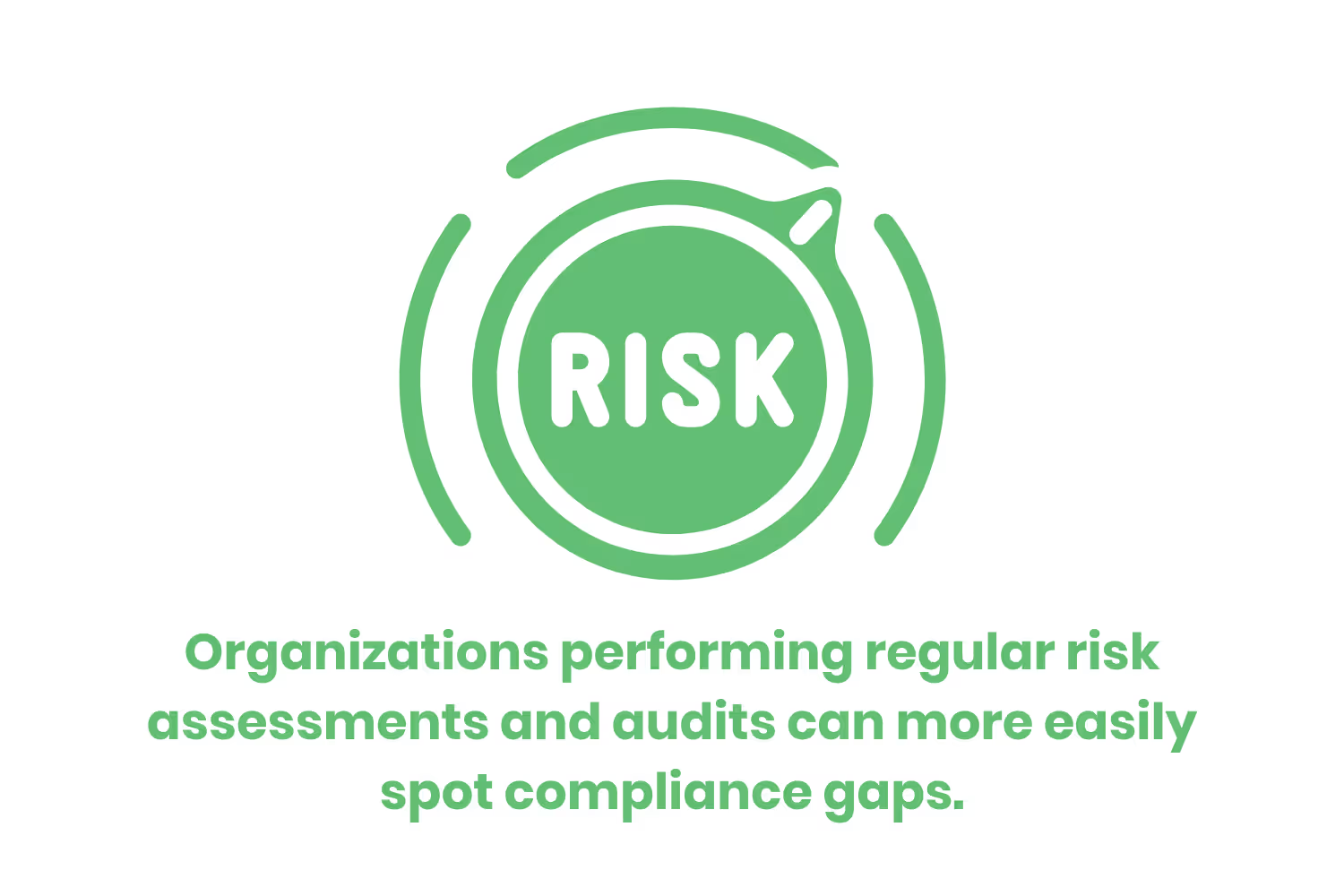
Employee Feedback
Essential employees often see the compliance challenges firsthand. That is why your organization needs to foster a culture of open communication and provide channels for anonymous feedback. This helps identify and address the issue early on before they escalate into a more serious problem.
Monitor Evolving Regulations
Healthcare regulations are constantly changing. Staying current with federal, state, and payer-specific regulations ensures that new risks are identified early on and addressed promptly.
Identifying compliance risks early helps prevent fines, lawsuits, and reputational harm, while promoting a culture of accountability and continuous improvement. It is also the first step in being able to manage compliance risk effectively across your organization.
What is Compliance Risk Management?
Understanding compliance risks is only the first step, managing the risks are just as critical.
Compliance risk management is the ongoing process of identifying, assessing and mitigating risks related to an organization’s failure to comply with laws and regulations. A well structured risk management program and compliance framework helps formalize this process, making it easier to monitor compliance efforts, assign accountability, and track improvements over time.
Risk management involves everything from staying up to date with current regulations to ensure compliance. Effective risk management helps ensure protection for the organization from legal penalties or reputational damage.
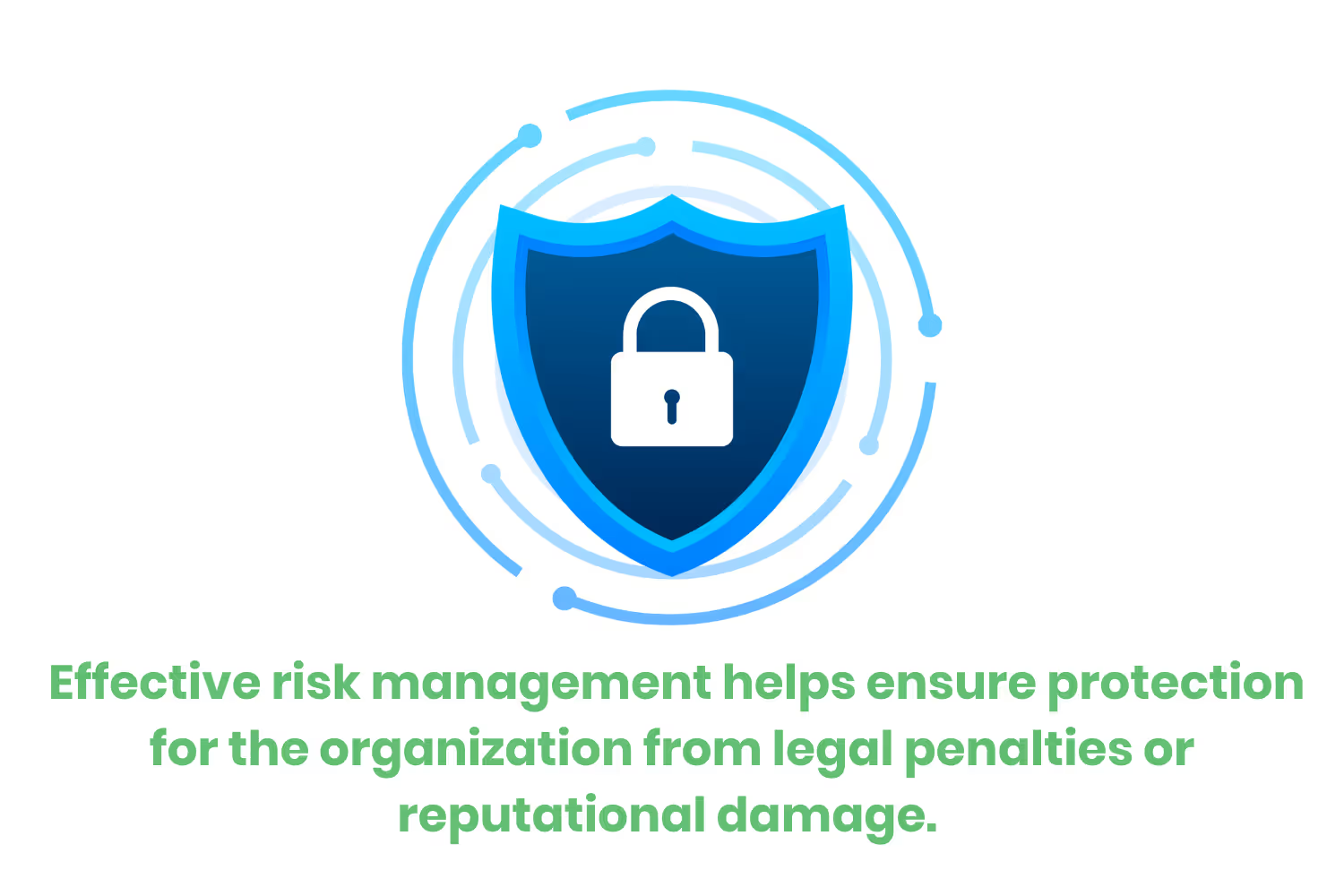
How to Conduct a Compliance Risk Assessment
Before you panic about adding another task to your plate, don't worry there is a simple way to streamline the process. Many healthcare organizations utilize a compliance risk assessment guide to stay on track.
This guide helps identify which regulations apply to your organization and prioritize risks based on their potential impact, and even highlight opportunities to automate compliance through technology or system updates.
From there, you can implement the right controls, training, or just an update in policies to reduce the risks effectively.
It’s best practices to conduct this assessment guide annually, or anytime there’s a regulatory change that could affect your operations
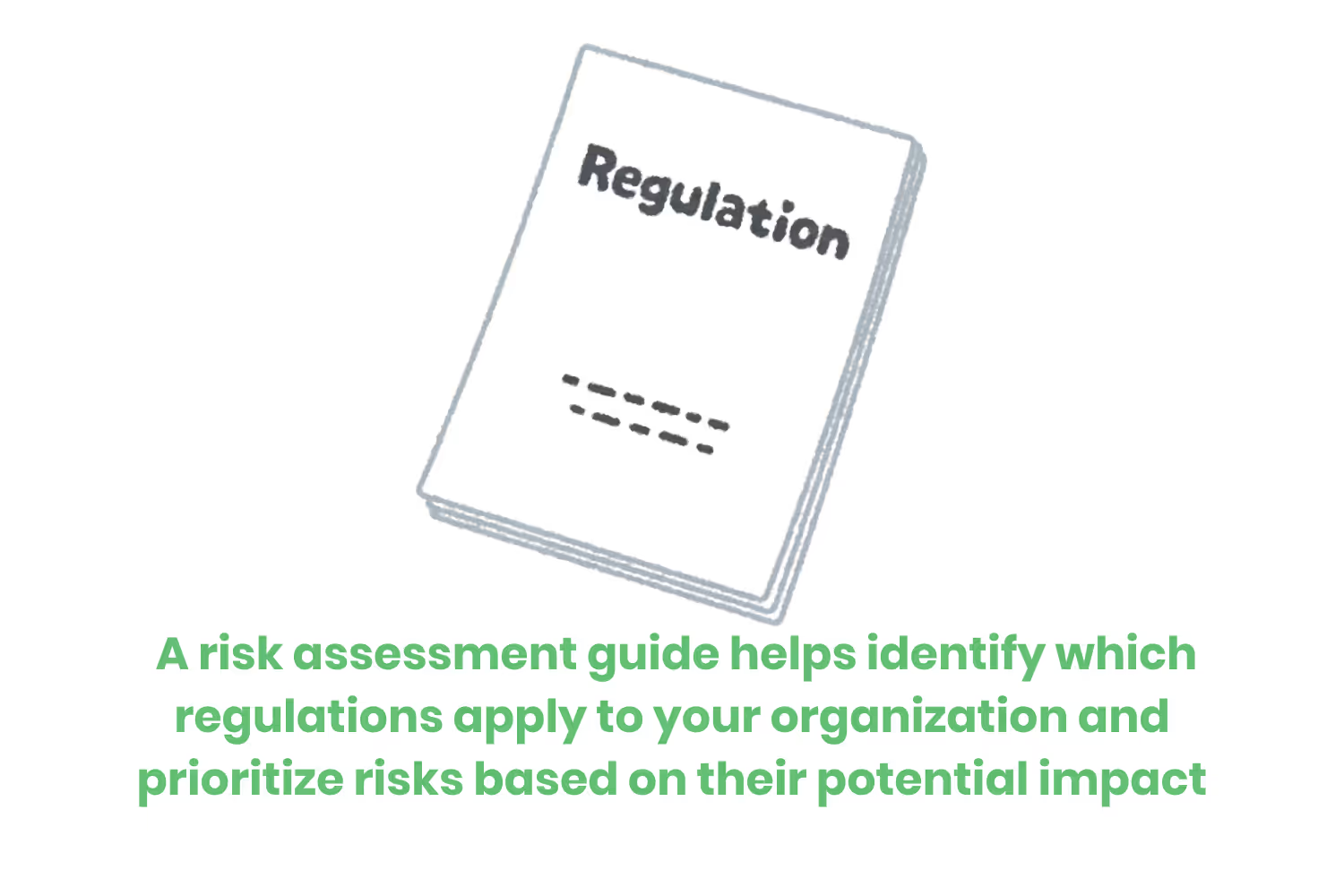
Conclusion
Understanding what compliance risks are is the first step to being able to mitigate and manage their serious consequences. Which can range anywhere from legal action,financial penalties,or reputational damage.Conducting a compliance risk management assessment helps identify any potential cracks in your existing framework so your organization can ensure compliance before any issues arise.
Now is the time to review internal processes, conduct risk assessment, and consider investing in tools that help automate compliance. These actions ensure your organization remains aligned with ever-changing laws, regulations, and compliance standards, strengthening your ability to proactively manage risk.
Emphasize your product's unique features or benefits to differentiate it from competitors
In nec dictum adipiscing pharetra enim etiam scelerisque dolor purus ipsum egestas cursus vulputate arcu egestas ut eu sed mollis consectetur mattis pharetra curabitur et maecenas in mattis fames consectetur ipsum quis risus mauris aliquam ornare nisl purus at ipsum nulla accumsan consectetur vestibulum suspendisse aliquam condimentum scelerisque lacinia pellentesque vestibulum condimentum turpis ligula pharetra dictum sapien facilisis sapien at sagittis et cursus congue.
- Pharetra curabitur et maecenas in mattis fames consectetur ipsum quis risus.
- Justo urna nisi auctor consequat consectetur dolor lectus blandit.
- Eget egestas volutpat lacinia vestibulum vitae mattis hendrerit.
- Ornare elit odio tellus orci bibendum dictum id sem congue enim amet diam.
Incorporate statistics or specific numbers to highlight the effectiveness or popularity of your offering
Convallis pellentesque ullamcorper sapien sed tristique fermentum proin amet quam tincidunt feugiat vitae neque quisque odio ut pellentesque ac mauris eget lectus. Pretium arcu turpis lacus sapien sit at eu sapien duis magna nunc nibh nam non ut nibh ultrices ultrices elementum egestas enim nisl sed cursus pellentesque sit dignissim enim euismod sit et convallis sed pelis viverra quam at nisl sit pharetra enim nisl nec vestibulum posuere in volutpat sed blandit neque risus.

Use time-sensitive language to encourage immediate action, such as "Limited Time Offer
Feugiat vitae neque quisque odio ut pellentesque ac mauris eget lectus. Pretium arcu turpis lacus sapien sit at eu sapien duis magna nunc nibh nam non ut nibh ultrices ultrices elementum egestas enim nisl sed cursus pellentesque sit dignissim enim euismod sit et convallis sed pelis viverra quam at nisl sit pharetra enim nisl nec vestibulum posuere in volutpat sed blandit neque risus.
- Pharetra curabitur et maecenas in mattis fames consectetur ipsum quis risus.
- Justo urna nisi auctor consequat consectetur dolor lectus blandit.
- Eget egestas volutpat lacinia vestibulum vitae mattis hendrerit.
- Ornare elit odio tellus orci bibendum dictum id sem congue enim amet diam.
Address customer pain points directly by showing how your product solves their problems
Feugiat vitae neque quisque odio ut pellentesque ac mauris eget lectus. Pretium arcu turpis lacus sapien sit at eu sapien duis magna nunc nibh nam non ut nibh ultrices ultrices elementum egestas enim nisl sed cursus pellentesque sit dignissim enim euismod sit et convallis sed pelis viverra quam at nisl sit pharetra enim nisl nec vestibulum posuere in volutpat sed blandit neque risus.
Vel etiam vel amet aenean eget in habitasse nunc duis tellus sem turpis risus aliquam ac volutpat tellus eu faucibus ullamcorper.
Tailor titles to your ideal customer segment using phrases like "Designed for Busy Professionals
Sed pretium id nibh id sit felis vitae volutpat volutpat adipiscing at sodales neque lectus mi phasellus commodo at elit suspendisse ornare faucibus lectus purus viverra in nec aliquet commodo et sed sed nisi tempor mi pellentesque arcu viverra pretium duis enim vulputate dignissim etiam ultrices vitae neque urna proin nibh diam turpis augue lacus.




